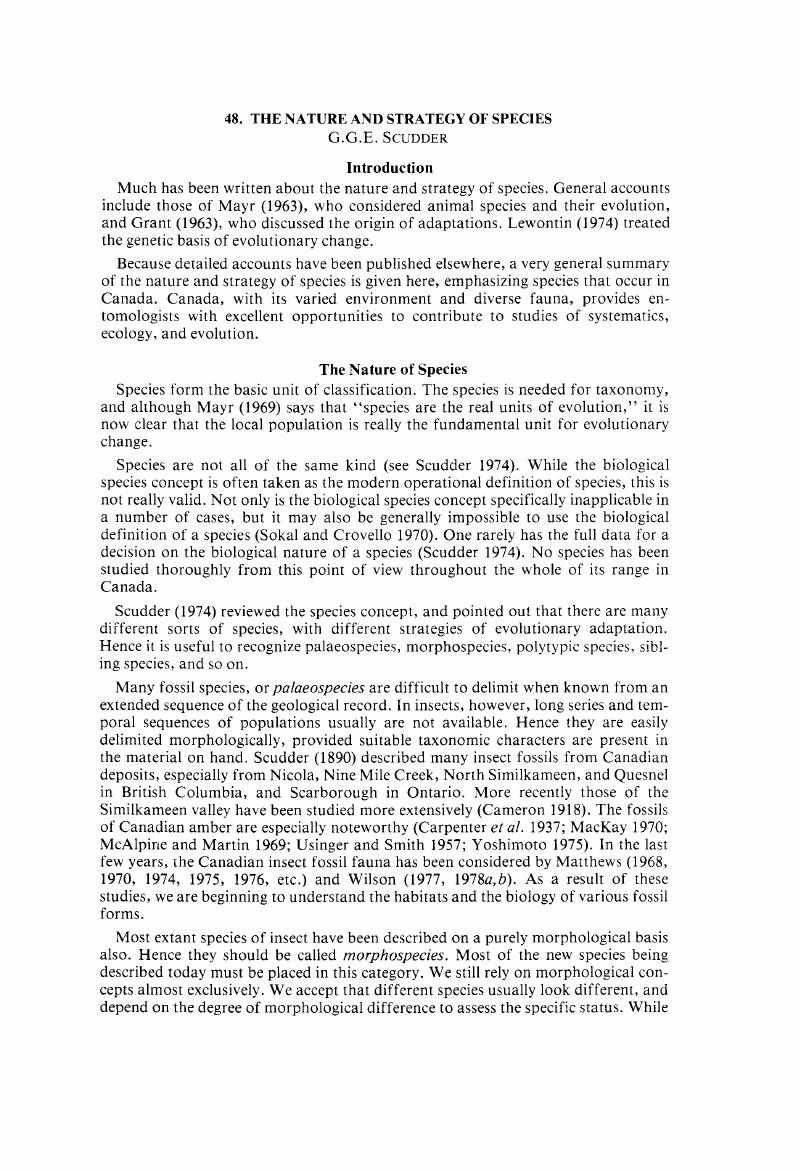Crossref Citations
This article has been cited by the following publications. This list is generated based on data provided by Crossref.
Cannings, Robert A.
2006.
Geoffrey G.E. Scudder: zoologist, conservationist, educator.
The Canadian Entomologist,
Vol. 138,
Issue. 4,
p.
ix.



